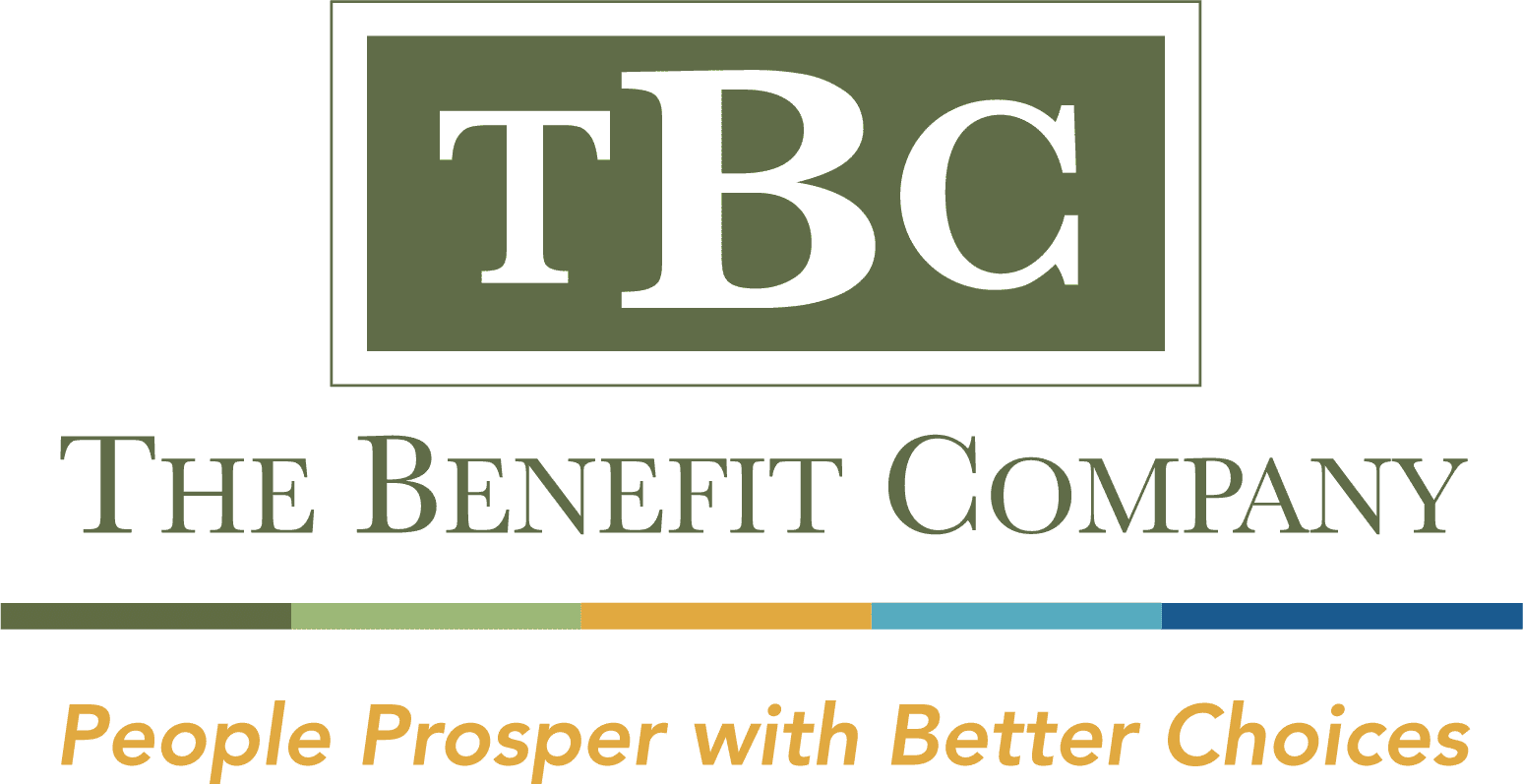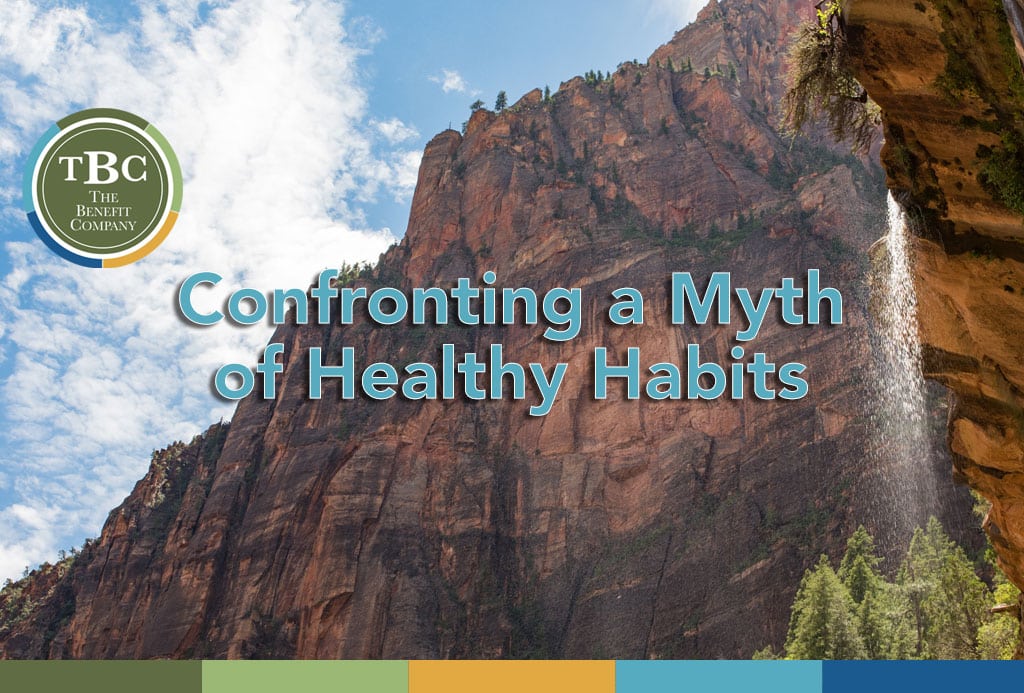It was late November and we were visiting family in Phoenix when we made reservations to go horseback riding in the desert. At the stables, we met our guide, who gave us limited instructions and helped us mount. I can’t remember much of what he told us as he shared the instructions, but I do remember how my interest was piqued when he told us we would stop to take photos at the waterfall. I hadn’t seen much water in Arizona, and I thought the sight of a waterfall among the brittlebush, saguaro, and other cactus adorning the desert hills would be pretty cool.
The guide led us on a flat trail that was enclosed on both sides by varying inclines of desert sand, rock, and cactus. We traveled about an hour and a half before our first break. The trail we had been traveling had come to an abrupt stop in front of large, rounded boulders and a cliff about 20 feet up. We took a break, drinking some water and enjoying a few snacks. The waterfall couldn’t be far away.
We left the flat trail and headed up the incline and deeper into the desert. The terrain looked like something straight out of a Western. We rode for another hour until we found ourselves back on the flat trail where we had started. I was confused. Where was the waterfall? Where was that oasis in the desert? Why didn’t he take us there? Or, why did he mention it if we weren’t going to see it? Had he just been horsing around with us for his own amusement?
While silently pondering these questions, I learned that the trail we had followed into the desert, and the one that was now taking us back to the stables, was a dry riverbed. It hit me! We indeed had gone to the waterfall. The spot at the end of the flat trail with the rounded boulders and the small cliff was the waterfall…If, if, if, if there had been water!
Apparently, “the waterfall” is only a waterfall during and after a good rain in the desert.
What good is a waterfall with no water?
Unfortunately, our waterfalls of wellbeing are often missing the water too.
- For my physical wellbeing, I may say I’m exercising, but am I so focused on staying within my comfort zone that I don’t exert the energy necessary to get the greatest benefit out of my effort?
- For spiritual wellbeing, I may take some time each morning to meditate, pray, and read, but am I simply checking the box, void of meaningful engagement?
- For my social wellbeing, when I spend time with friends, is the conversation simply a trickle of mundane, shallow, and surface conversation, or is iron sharpening iron where we hold one another accountable and interrogate our realities?
- For my community wellbeing, is my service toward others a “want to,” “hope to,” “aim to,” and “plan to,” but lacking “follow through”?
- For my financial wellbeing, are my finances a dry riverbed of undisciplined spending, with very little regard for budgeting, planning, and saving?
- For my mental wellbeing, I may get to bed at a reasonable time, but I do I allow the time for beneficial sleep to be stolen by TV, Netflix, or scrolling through social media?
It’s not the mere activity, planning, or commitments that help us thrive. It’s the substance of our efforts. It’s a myth to believe that simply allotting time to an activity is all that is needed for success. Just as a waterfall with no water is not a waterfall, our healthy habits are not healthy unless intentional, prioritized, and focused effort is flowing.
_________________________
Jack Bruce serves as the Director of Population Health and Wellbeing at The Benefit Company in Atlanta, Georgia, where he supports the employee benefits consultants and client teams in developing health promotion, disease management, and wellbeing strategies.
 The Benefit Company
The Benefit Company